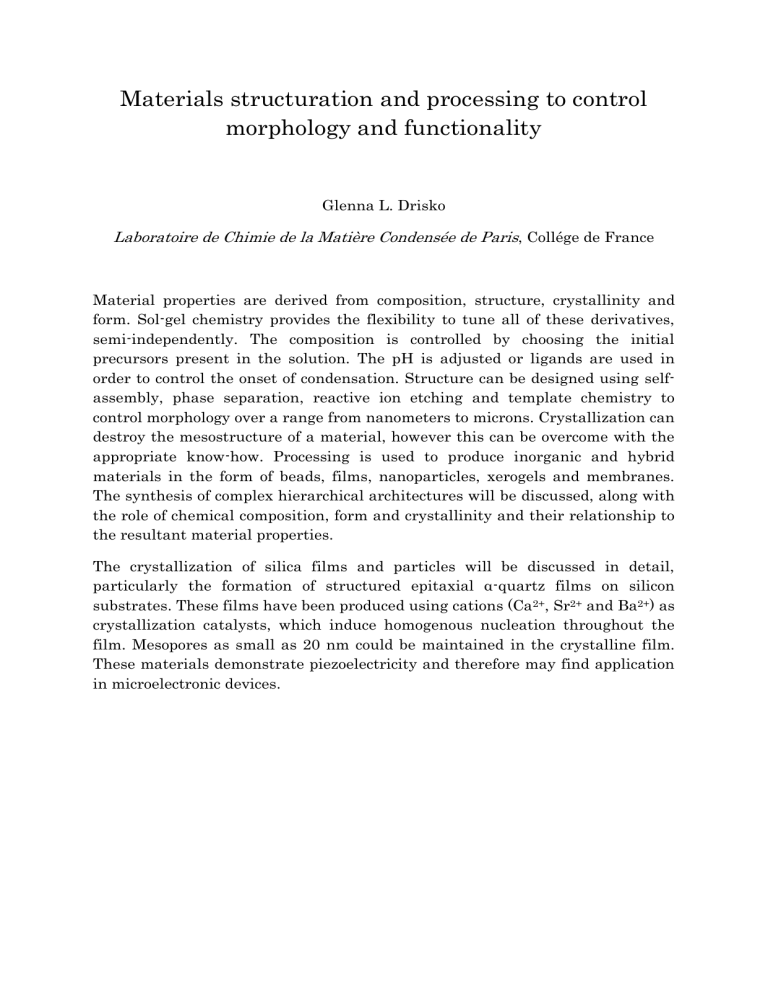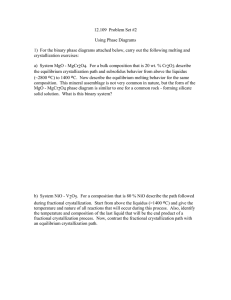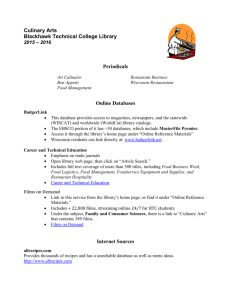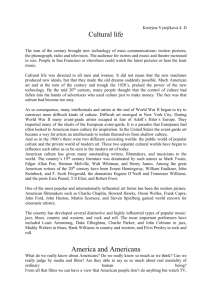Materials structuration and processing to control morphology and

Materials structuration and processing to control morphology and functionality
Glenna L. Drisko
Laboratoire de Chimie de la Matière Condensée de Paris, Collége de France
Material properties are derived from composition, structure, crystallinity and form. Sol-gel chemistry provides the flexibility to tune all of these derivatives, semi-independently. The composition is controlled by choosing the initial precursors present in the solution. The pH is adjusted or ligands are used in order to control the onset of condensation. Structure can be designed using selfassembly, phase separation, reactive ion etching and template chemistry to control morphology over a range from nanometers to microns. Crystallization can destroy the mesostructure of a material, however this can be overcome with the appropriate know-how. Processing is used to produce inorganic and hybrid materials in the form of beads, films, nanoparticles, xerogels and membranes.
The synthesis of complex hierarchical architectures will be discussed, along with the role of chemical composition, form and crystallinity and their relationship to the resultant material properties.
The crystallization of silica films and particles will be discussed in detail, particularly the formation of structured epitaxial α-quartz films on silicon substrates. These films have been produced using cations (Ca 2+ , Sr 2+ and Ba 2+ ) as crystallization catalysts, which induce homogenous nucleation throughout the film. Mesopores as small as 20 nm could be maintained in the crystalline film.
These materials demonstrate piezoelectricity and therefore may find application in microelectronic devices.











